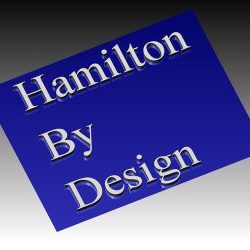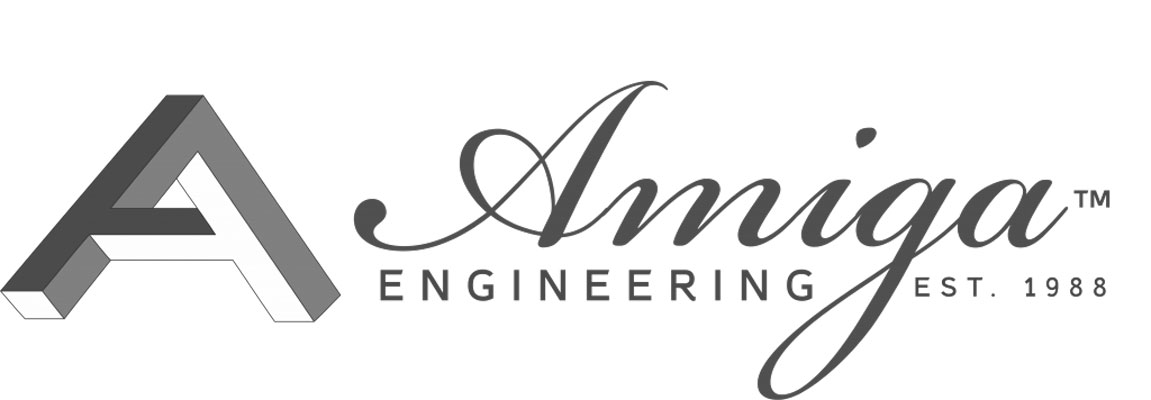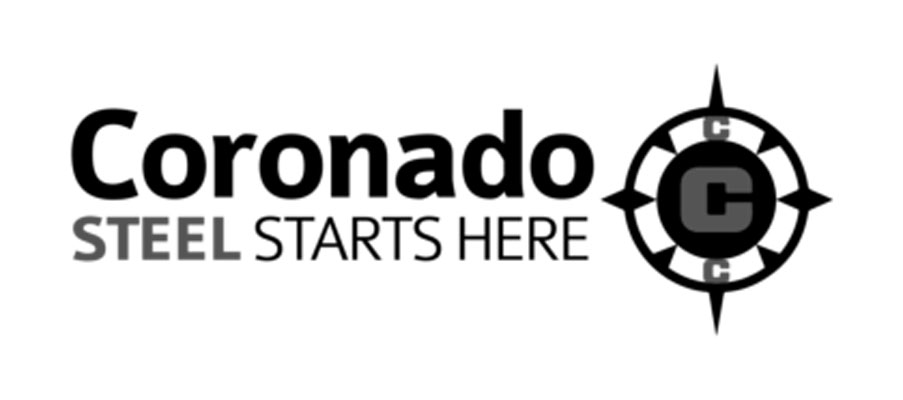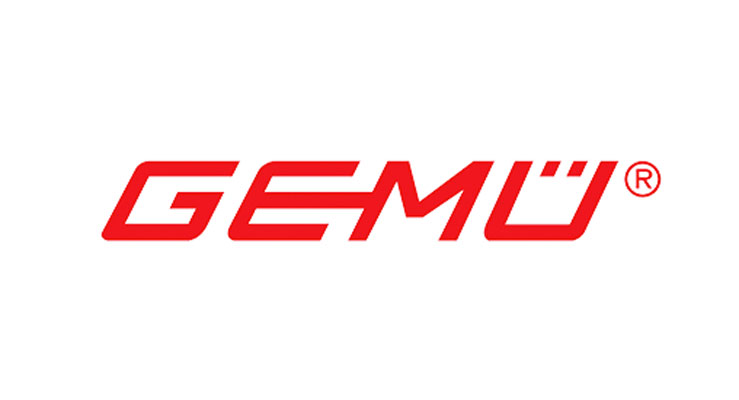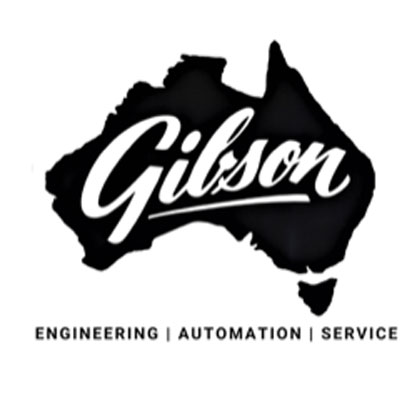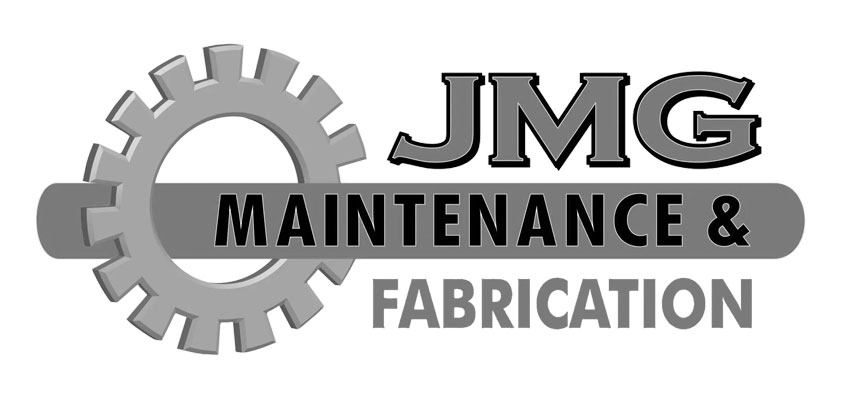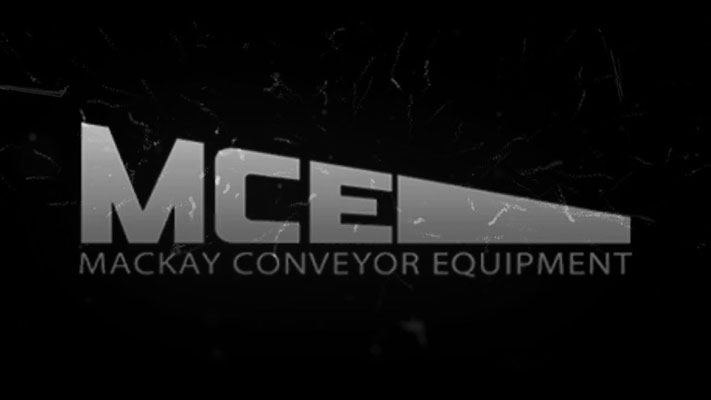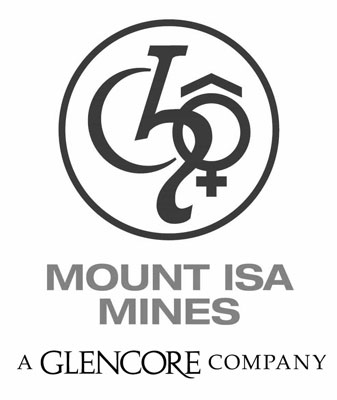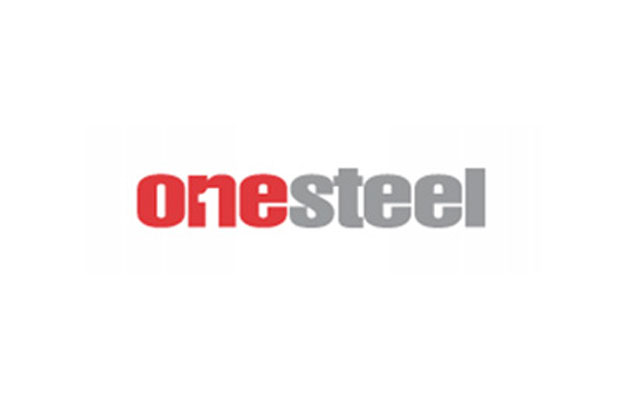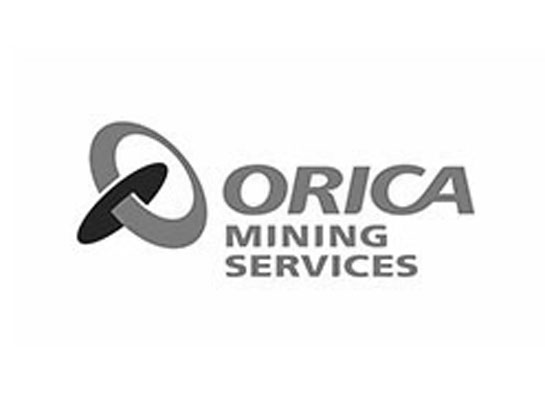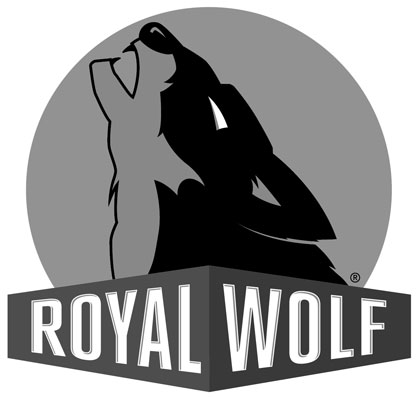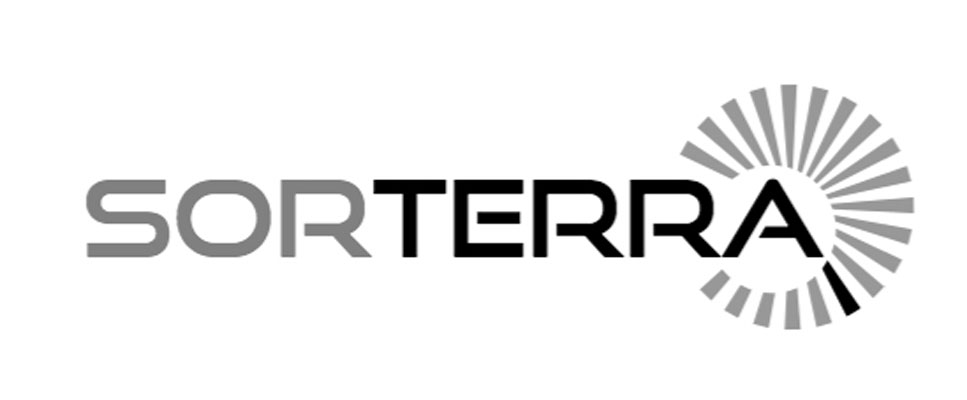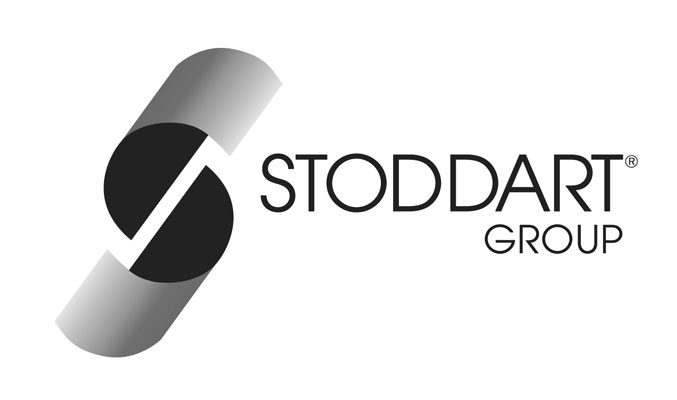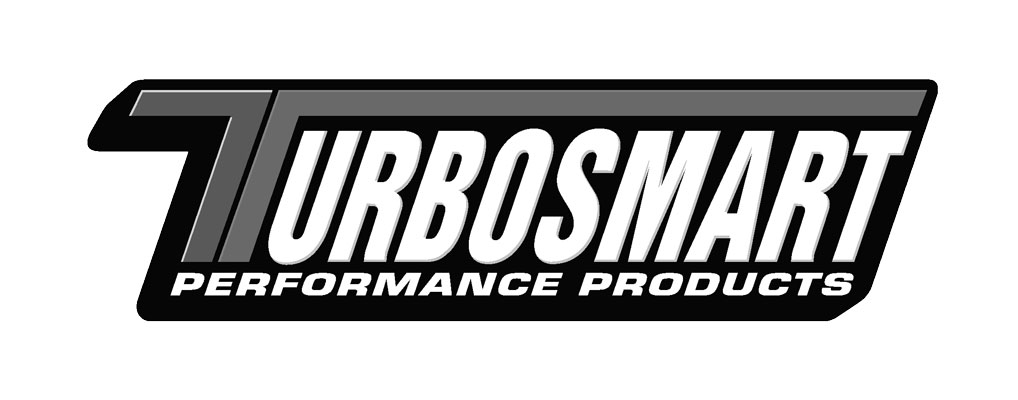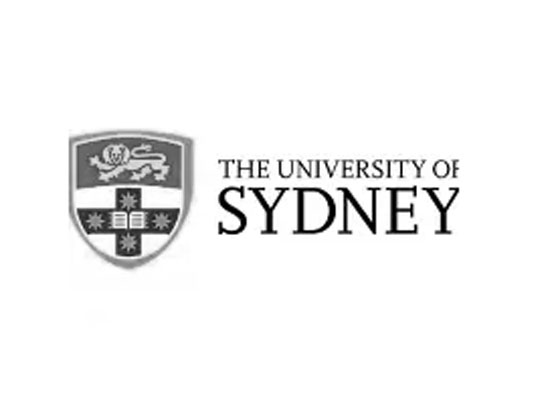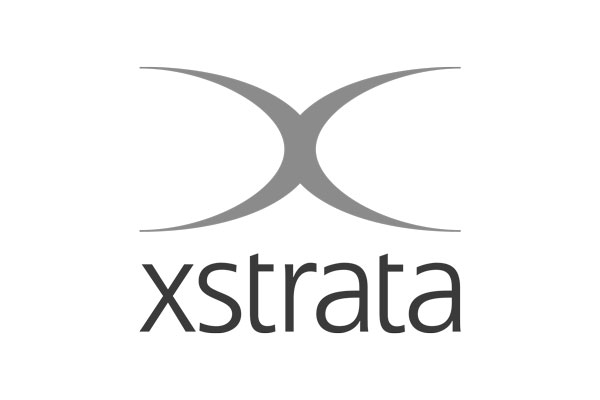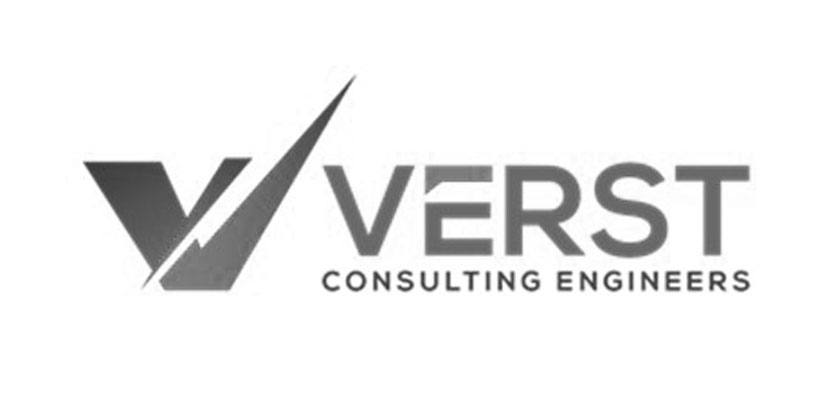🛠️
1. Setting the Scene: The Central Coast & Its Industrial Backbone
Home to nearly 350,000 people across Gosford, Wyong, Terrigal, and beyond, the Central Coast is well-known for its beaches and bushland—yet it also supports a robust industrial and mining‑services sector (Jora, Wikipedia). With growing infrastructure demands and proximity to resource projects like the Wallarah 2 coal proposal near Wyong (Wikipedia), mechanical engineers play a pivotal role behind the scenes.
2. What Do Mechanical Engineers Do in Mining on the Coast?
Mechanical engineers in mining and related heavy industries are responsible for:
-
Design & Maintenance: Planning, designing, and overseeing maintenance of critical mineral processing plants, machinery, conveyors, trucks and drilling rigs (Jobsora).
-
Automation Integration: Implementing robotics, programmable logic controllers (PLCs), remote operation systems, and predictive maintenance tools .
-
Health & Safety Compliance: Ensuring mechanical systems meet stringent safety regulations and operator protection standards (Jora).
-
Environmental Efficiency: Optimising equipment to reduce energy use, emissions, and noise—all while supporting mine rehabilitation efforts .
3. Job Opportunities in the Region
Recent job listings highlight robust opportunities for mechanical engineers across the Coast:
-
Mining Mechanical Engineer roles are regularly advertised in Gosford/Lisarow, appearing in SEEK and Jora job postings (SEEK).
-
Roles span senior design positions to hands‑on maintenance engineering—offering full-time opportunities with firms like Wabtec, Hyundai Rotem, Boral, and Coffey (SEEK).
-
Entry-level and graduate engineering roles are also available through pathways like Central Coast Council traineeships and TAFE NSW programs (Central Coast Council).
4. Industry Trends and What You’ll Need
As described by Titan Recruitment, the mining sector is embracing several transformative trends (Titan Recruitment):
-
Automation & Robotics: Engineers are tasked with integrating autonomous machinery and control systems.
-
Digital & Data Analytics: Skills in condition monitoring, sensors, and predictive analytics are in demand.
-
Sustainability Focus: There’s emphasis on clean, efficient systems that reduce environmental footprint.
-
Complex Machine Design: As equipment sophistication grows, so does the need for mechanical expertise.
-
Asset Reliability & Safety: Mechanical engineers must ensure zero-fault operation in harsh mining environments.
-
Site-to-System Integration: Engineers coordinate across disciplines—mechanical, electrical, structural—to optimise operations.
-
Continuous Upskilling: Ongoing education—through TAFE NSW, professional certifications, and in-house training—is critical.
5. Training & Career Pathways on the Central Coast
🎓 Education & Apprenticeships
-
TAFE NSW (Hunter & Central Coast) offers mechanical and engineering trade training, forming a strong foundation for local roles (Wikipedia).
-
Central Coast Council provides apprenticeships and traineeships in mechanical fields—ideal stepping stones into industry .
🏢 Local Industry Experience
-
Firms like Wabtec, Hyundai Rotem, Boral, Coffey, and Wright Engineering in Somersby/Gosford offer vital on-the-job training and progression (SEEK).
-
Mining-support businesses across the Central Coast employ engineers to design, maintain, and improve heavy-duty plant and machinery.
6. Why the Central Coast Is a Great Base for Mining Engineers
-
Proximity to Projects: Infrastructure supporting coal drilling and mineral processing connects easily with local towns via major transport routes in and out of Gosford (Jobsora, Wikipedia).
-
Balanced Lifestyle: Work-life harmony blends regional industry jobs with coastal living and access to national parks (Indeed).
-
Clear Career Pathways: Education, apprenticeships, and employers form a supportive ecosystem—from bedrock training to senior site leadership.
Final Takeaway
Mechanical engineers are essential to mining operations on the Central Coast—ensuring machinery runs efficiently, safely, and sustainably. With strong local education pathways, active job markets, and growing tech trends, the region offers rewarding careers tied to both industrial innovation and community lifestyle.
Ready to design, maintain, and optimise the backbone of mining? The Central Coast has the foundation—and the opportunity—awaiting mechanical engineers eager to build the future.
Hamilton By Design | Mechanical Drafting | Structural Drafting | 3-D Lidar Scanning
Central Coast | Mount Isa | Brisbane | Cairns | Darwin
Published on Hamilton by Design — shaping engineering futures in NSW’s Central Coast
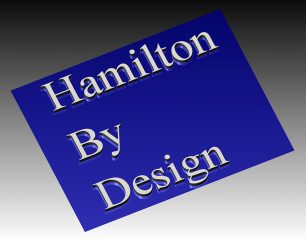
Our clients:


